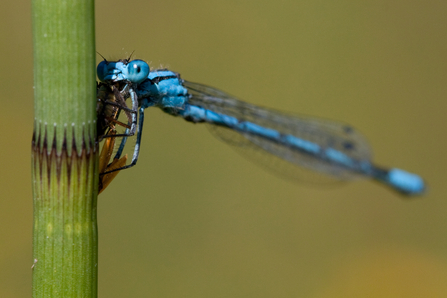As the first month of summer comes to a close and the second half of the year begins we’ve been loving reading about the wildlife you’ve spotted in Derbyshire this week.
We’ll start off with a sightings blog favourite, the Red Kite spotted near Cromford, a member of a species which have bounced back partly thanks to a reintroduction programme which released its first birds in 1989 in Scotland. A smaller bird which is currently sitting on the red list however is the Grasshopper warbler, a small bird which migrates from Africa each yeah to breed in the UK and was spotted in southern Derbyshire. An even smaller migrant which travels to the UK for the summer from North Africa, the Middle East and southern Europe, is the Painted Lady butterfly which was seen near Belper. You also spotted two of the over 280 species of hoverfly in the UK at our Cromford Canal reserve, the Batman Hoverfly, named after a marking on its back which looks like the batman symbol. The other, the Broad-banded Epistrophe which are drawn to the flowers of umbellifers which are characterised by their discs of small flowers on stalks. Another member of a fly family, this time in the Dolichopodidae, which is made up of thousands of species of Long-Legged Flies, was seen at the reserve.

